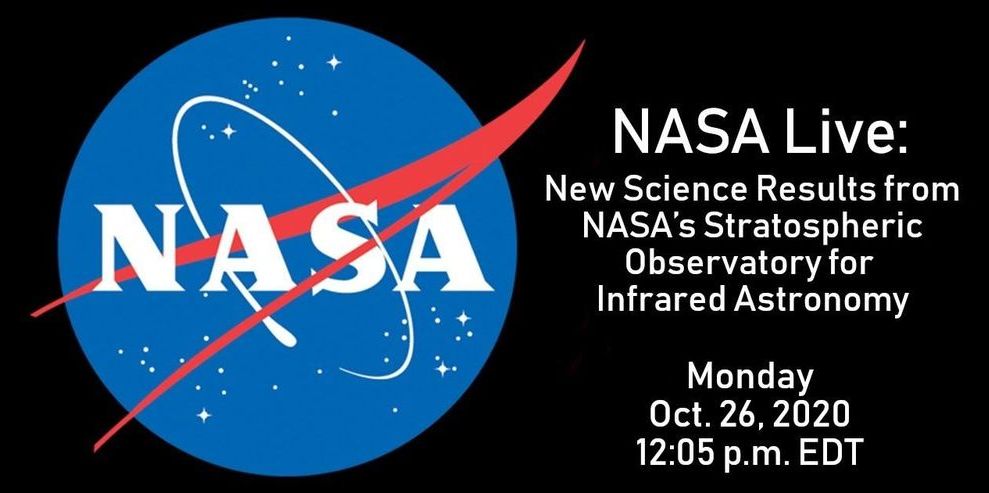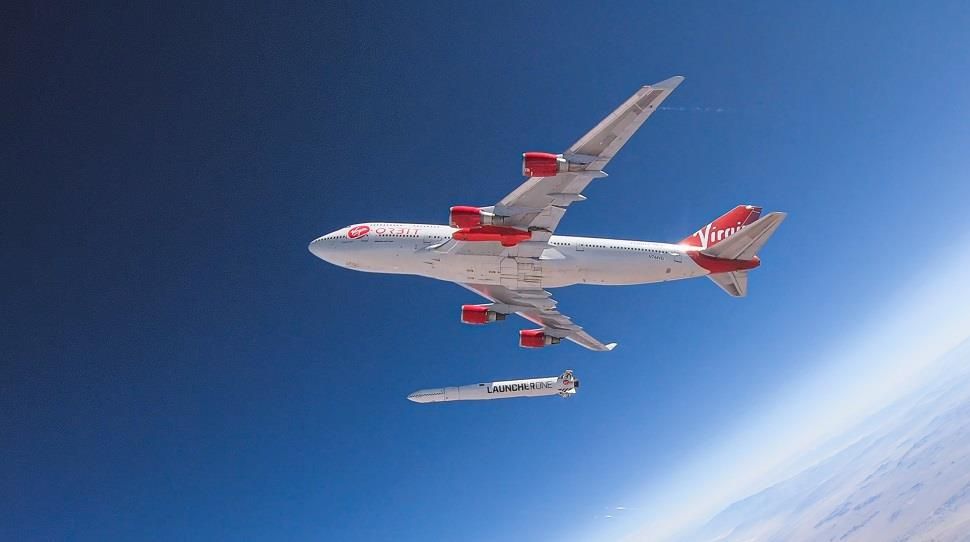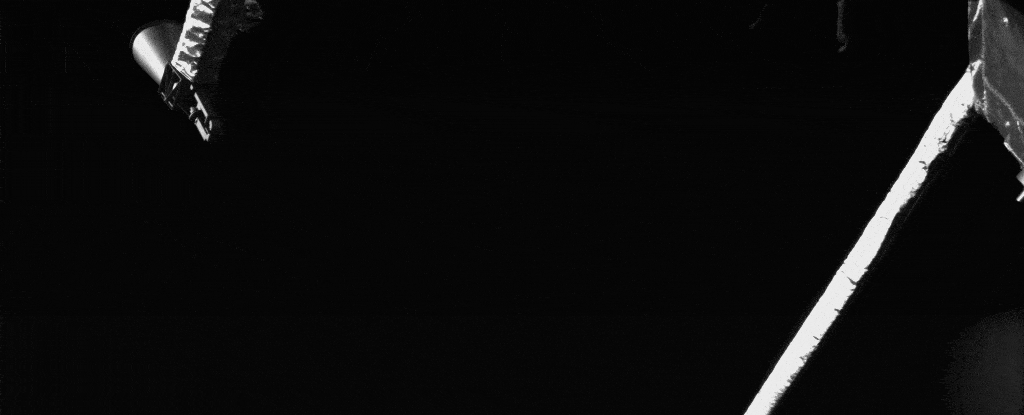Still, big questions remain.


Still, big questions remain.

Like its key allies, the UK is increasingly reliant on space-based assets for daily life in ordinary civil society and for the perfornance of its military forces. So, the Royal Air Force’s operating domain now extends from the ground to far beyond the atmosphere.
In a lockdown summer of downbeat aviation news, it is perhaps fitting that a highlight was a model aeroplane in a windtunnel. In turbulent times for aerospace, that aircraft is even named after a storm. But in showing some detail of the external shape of the Tempest future fighter, BAE Systems has also emphasised the UK’s determination to ride out the technological, financial and geopolitical hurricanes which are set to shape the national defence challenges of the next few decades.
Those late August images from BAE’s Warton, Lancashire test facility reveal an external profile designed for stealth at Mach 2, to carry a wide range of payloads and to cope with the internal heat from enough onboard electric power to anticipate exotic technologies like laser directed-energy weapons.

TESS, the Transiting Exoplanet Survey Satellite, was launched in 2018 with the goal of discovering small planets around the Sun’s nearest neighbors, stars bright enough to allow for follow-up characterizations of their planets’ masses and atmospheres. TESS has so far discovered seventeen small planets around eleven nearby stars that are M dwarfs — stars that are smaller than the Sun (less than about 60% of the Sun’s mass) and cooler (surface temperatures less than about 3900 kelvin). In a series of three papers that appeared together this month, astronomers report that one of these planets, TOI-700d, is Earth-sized and also located in its star’s habitable zone; they also discuss its possible climate.
CfA astronomers Joseph Rodriguez, Laura Kreidberg, Karen Collins, Samuel Quinn, Dave Latham, Ryan Cloutier, Jennifer Winters, Jason Eastman, and David Charbonneau were on the teams that studied TOI-700d, one of three small planets orbiting one M dwarf star (its mass is 0.415 solar masses) located one hundred and two light-years from Earth. The TESS data analysis found the tentative sizes of the planets as being approximately Earth-sized, 1.04, 2.65 and 1.14 Earth-radii, respectively, and their orbital periods as 9.98, 16.05, and 37.42 days, respectively.

If humans want to travel about the solar system, they’ll need to be able to communicate. As we look forward to crewed missions to the Moon and Mars, communication technology will pose a challenge we haven’t faced since the 1970s.
We communicate with robotic missions through radio signals. It requires a network of large radio antennas to do this. Spacecraft have relatively weak receivers, so you need to beam a strong radio signal to them. They also transmit relatively weak signals back. You need a large sensitive radio dish to capture the reply. For spacecraft beyond the orbit of Earth, this is done through the Deep Space Network (DSN), which is a collection of radio telescopes custom designed for the job.
The only major crewed mission we currently have is the International Space Station (ISS). Since the ISS orbits only about 400 kilometers above the Earth, it’s relatively easy to send radio signals back and forth. But as humans travel deeper into space, we’ll require a Deep Space Network far more powerful than the current one. The DSN is already being pushed to its data limits, given the large number of active missions. Human missions would require orders of magnitude more bandwidth.

Oct. 22 (UPI) — Chief of Space Operations Gen. Jay Raymond established Space Operations Command during an activation ceremony at Peterson Air Force Base in Colorado this week.
According to the Space Force, Lt. Gen. Stephen Whiting will serve as commander of the new unit, which is mostly formed from former Air Force units 14th Air Force and Air Force Space Command.
At the ceremony Wednesday, Raymond and Whiting both talked about the decades of work that made the new organization possible, and the role of that history in preparing warfighters for space.

Will astronauts have fungi shields as protection against radiation in the future? 😃
When astronauts return to the moon or travel to Mars, how will they shield themselves against high levels of cosmic radiation? A recent experiment aboard the International Space Station suggests a surprising solution: a radiation-eating fungus, which could be used as a self-replicating shield against gamma radiation in space.
The fungus is called Cladosporium sphaerospermum, an extremophile species that thrives in high-radiation areas like the Chernobyl Nuclear Power Plant. For C. sphaerospermum, radiation isn’t a threat — it’s food. That’s because the fungus is able to convert gamma radiation into chemical energy through a process called radiosynthesis. (Think of it like photosynthesis, but swap out sunlight for radiation.)
The radiotrophic fungus performs radiosynthesis by using melanin — the same pigment that gives color to our skin, hair and eyes — to convert X- and gamma rays into chemical energy. Scientists don’t fully understand this process yet. But the study notes that it’s “believed that large amounts of melanin in the cell walls of these fungi mediate electron-transfer and thus allow for a net energy gain.”

Two years after it left Earth, Mercury probe BepiColombo has completed the first of its first flybys of Venus. The manoeuvre is designed to give the spacecraft a boost on its journey — but it’s also too good an opportunity to pass up for a little science.
As it swung around the planet on a curved trajectory, BepiColombo gave its instruments a workout, testing their functionality for a taste of what the spacecraft will do in Mercury orbit and collecting some data on Venus – recently in the news for the discovery of phosphine gas in its atmosphere.
And the joint European Space Agency (ESA) and Japan Aerospace Exploration Agency (JAXA) probe took a whole lot of images, which the ESA compiled into a video of the flyby.

In the 2013 science fiction film “Elysium” starring Matt Damon, Earth’s wealthiest 0.01% move to the ultimate gated community, a luxurious orbiting space colony, leaving a poverty-stricken humanity to fend for themselves on a ravaged planet.
Interestingly, it is indeed some of today’s 0.1% who are leading the way into space to build communities beyond Earth. However, quite the opposite of the movie, their goals are of the highest order, from democratizing access to space by lowering costs, to creating new products and ideas, to helping save the planet and opening space to future generations.
Yet, given the effects of the coronavirus pandemic, social justice and green movements, even as entrepreneurs like Elon Musk, Jeff Bezos and Richard Branson spend billions to support a human breakout into space, there is a backlash building that holds these projects as icons of extravagance — even as their work may help save the Earth. This is the “Elysium effect.”

Only a possibilty.
Researchers detect a large lake and several ponds deep under the ice of the Martian South Pole.

TIME featured SpaceX President and Chief Operating Officer Gwynne Shotwell as one of the ‘100 Most Influential People of 2020’. SpaceX was founded by Elon Musk in 2002 to make life multiplanetary. Shotwell is responsible for day-to-day operations at the aerospace company that aims to colonize Mars before the year 2050. She has a vital role in company growth. Under her leadership, SpaceX has accomplished launching the first NASA astronauts to the International Space Station aboard the Crew Dragon spacecraft this year.